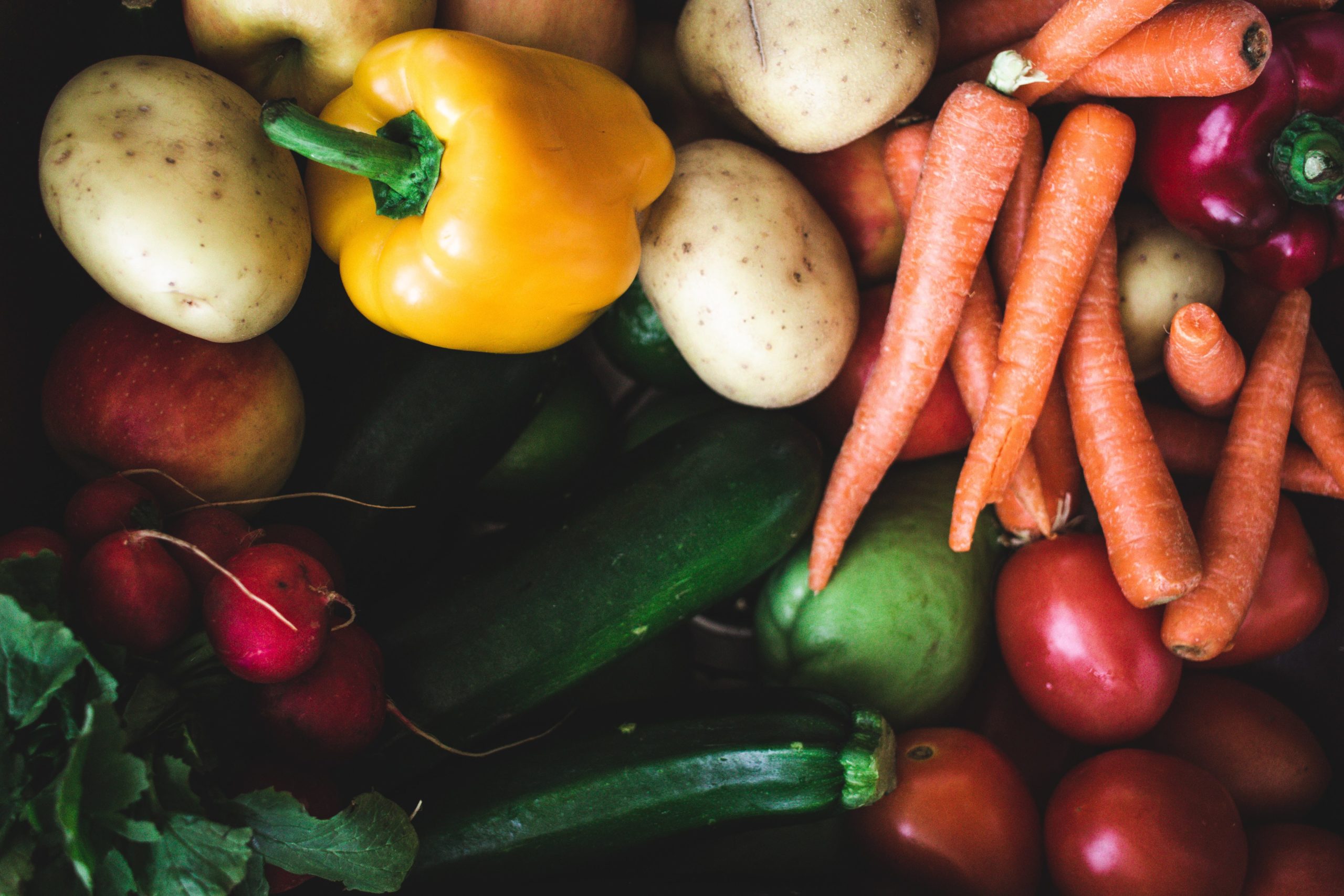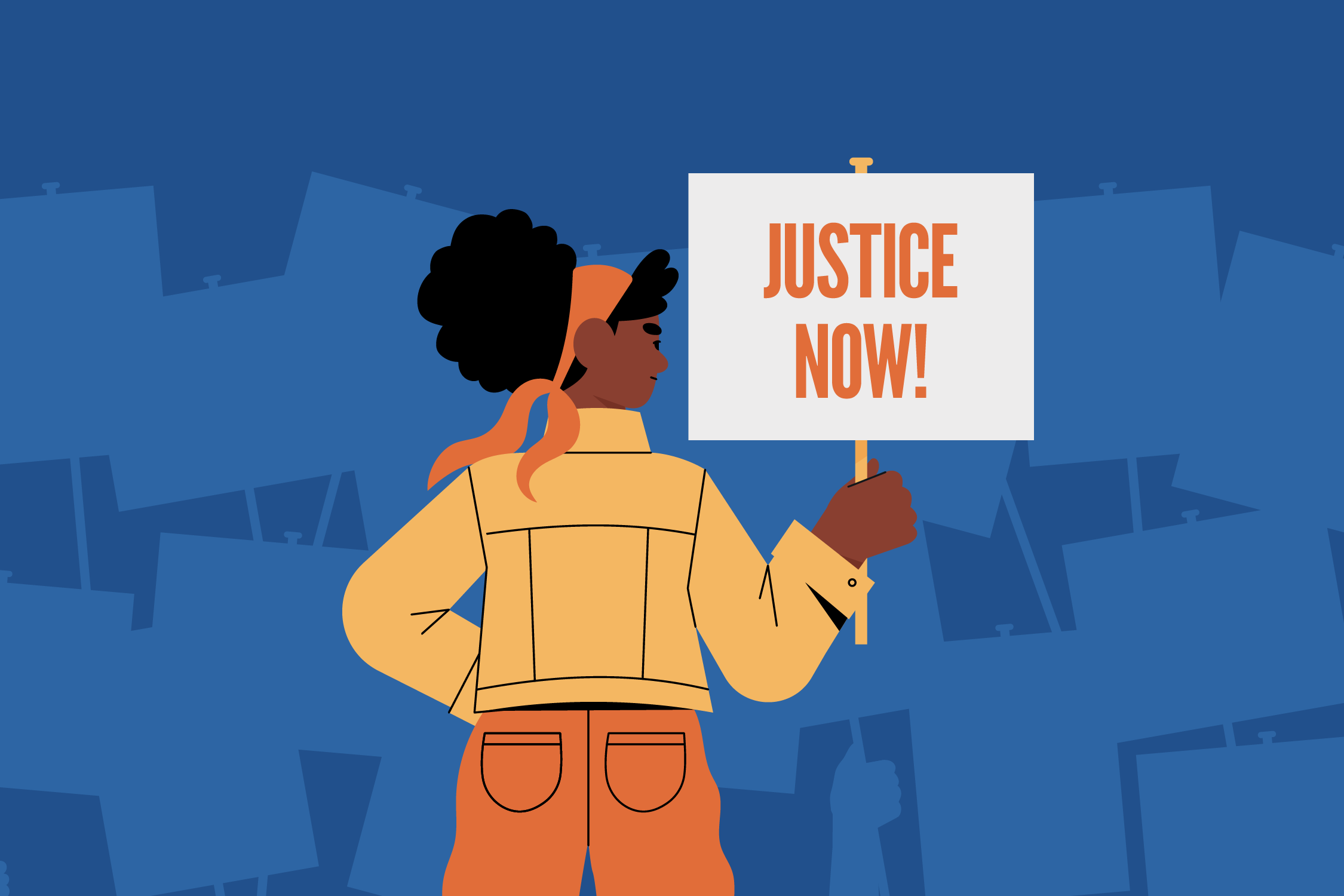How United Way of the National Capital Area Food Markets Are Fighting Hunger for Families in the DMV
Apr 10, 2020

Across the sun-glazed hills of the sleepy suburban neighborhood in Riverdale, Maryland dozens of creaking shopping cart wheels roll against the sidewalk. A crowd of 150 women, men and children gathered outside the Maryland Multicultural Youth Center to pick up their monthly supply of food; a payload containing more than 7,000 lbs of fresh produce, milk, grain, and other nutritious options. For many of the families present at the foodbank—a mesh of immigrants, refugees, and low-income families—the food they receive at the bank may be the only food they eat for a week. For others, it fills in the gaps where the Supplemental Nutrition Assistance Program (SNAP) and other government programs fall short. Regardless, the presence of the foodbank is a stark insight into a wealthy region’s hidden issue: hunger.
Food is the epicenter of a stable, functioning community. But for students faced with hunger, the daily challenges of getting enough food lead to consequences in other areas of their life such as relationships with peers, academic success, and social-emotional well-being. According to the recent Maryland School Report Card, 89.4 percent of students at William Wirt Middle School are enrolled in Free and Reduced Price Meals (FARM) through the county. Supplemented with food markets, like the one through William Wirt, students who receive FARM through the school are better able to eat three meals a day throughout the week. The presence of the monthly food market ensures that if SNAP benefits fall through, families still have food to eat.
In the midst of the COVID-19 outbreak food banks across the region have become a pillar for many communities where hunger was already an issue. With grocery store donations starting to fall short, United Way NCA partners like the Capital Area Food Bank are having to buy up to 70% of the food they give to families. While SNAP benefits have been expanded through the duration of the outbreak, recent stay-at-home orders and public health recommendations not to visit grocery stores have made it even more difficult for vulnerable communities to feed themselves.
The disparity of those facing hunger in the region is part of the broader experience of poverty inhibiting thousands of people in our community. Thankfully, the existence of public programs for food—such as SNAP and the United Way of the National Capital Area (United Way NCA) empowered food markets—enables families to put their money towards other essential needs like rent, transportation, and healthcare in this time of crisis. But the fight for those living in poverty doesn’t end there. United Way NCA continues to fill the gaps in need for the region expanding the quality of health, education and the financial stability of every person in our community. From our Weekend Hunger Backpack program to Stuff the Bus, we’re here to support our community in the DMV area.
To learn more about how United Way NCA is tackling barriers to poverty in the region, please visit unitedwaynca.org.


